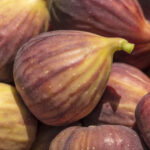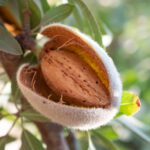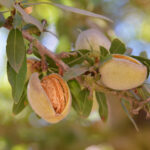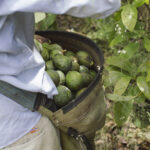California: Medfly eliminated from Los Angeles County

U.S. authorities have eradicated a Mediterranean fruit fly (Medfly) infestation centered near the Panorama City area of Los Angeles County, ending a 127-square-mile quarantine that began Nov. 29 last year. 
The California Department of Food and Agriculture (CDFA), the United States Department of Agriculture (USDA) and the Los Angeles County Agricultural Commissioner’s office worked together to rid the area of the pest.
A total of 18 flies and eight larval sites were detected.
The quarantine restricted the interstate movement of regulated articles from that area to prevent the spread of the Medfly to non-infested areas of the U.S.
Control actions included high density trapping, fruit removal, sterile insect technique, regulatory quarantine measures, and foliar bait sprays near the detection sites, according to the USDA's Animal and Plant Health Inspection Service (APHIS).
The CDFA said it released sterile male Medflies at a minimum rate of 250,000 flies per square mile per week as the mainstay of its eradication measures for this pest.
"Additionally, properties within 200 meters of the detection sites were treated with an organic formulation of Spinosad, which originates from naturally-occurring bacteria in soil, in order to eliminate any mated females and reduce the density of the population," it said in a statement.
"To further reduce the population, properties within 100 meters of known or suspected breeding populations were subject to host fruit removal to eliminate eggs and larvae. During this incident, over 343,710 pounds of fruit were removed from over 2500 properties."
The entity explained the sterile fly release program had a proven track record of eradication in California.
The Medfly is known to target more than 250 types of fruits and vegetables, which could cause significant impacts to California’s agricultural exports.
California Citrus Mutual (CCM) president Joel Nelsen told Fresh Fruit Portal a Medfly infestation in California always had serious ramifications for fresh produce commodities.
"“If it were to spread, the resulting fruit drop would have created significant challenges from not only a farming perspective, but for export programs as well," he said.
"Eradication programs also have a history of pitting residential homeowners and farmers on opposite sides of the spectrum. The fact that CDFA jumped on this rapidly and completed the eradication effort without major controversy is testimony to the good judgment conducted.
"The California citrus industry has been majorly impacted in the past, not so this time. We're glad the effort is over and the pest eradicated."
He added the situation had not resulted in any fruit or market loss.
Photo: www.shutterstock.com














































